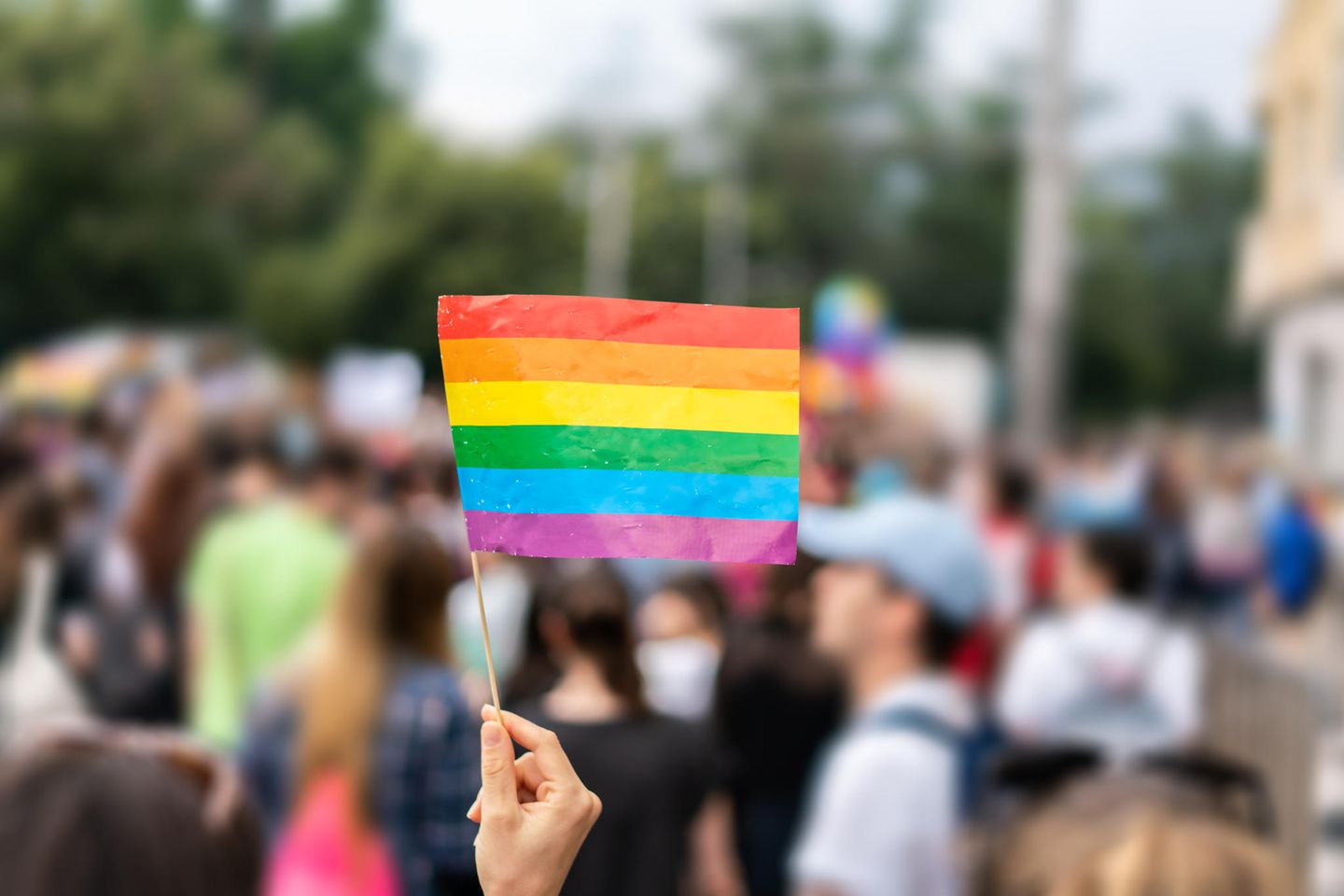LGBTQIA+
A guide in queer language usage
© stock-eye / Getty Images
More and more people say: “But what am I allowed to say nowadays?”. Some, we think! A guide through the colorful alphabet salad of queer language.
Queer language: why is it so complicated?
Yes, we don’t have to sugarcoat it: it’s complex. On the German Facebook page alone, you can choose from 60 different gender identities – from “non-binary” to “genderqueer” to “pangender”. Don’t get us wrong, that’s a good thing. Nevertheless, we admit that one can sometimes lose track of things.
But you must keep one thing in mind. The goal is not to end up speaking fluently “queer”! It is much more important to deal with the topic and to take a critical look at our language. Because: Nobody should and may be discriminated against with words and expressions. In order to do that and to include as many people as possible, queer language has to be precise and just as varied as what it describes – hence the complexity.
But you know what: Even within the community, for example, some find that with all the letters that cavort in the term “LGBTQIA+” you soon lose track. And that takes the pressure off, doesn’t it? So let’s tackle it!
Important terms:
LGBTIQA+: The German abbreviation LSBTIQ stands for Leat, Sgays, Bisexual, Tran*, Iunder* Queers and Asexual. Sometimes the English acronym “LGBTIQ+” (“Lesbians, Gays, Bisexuals, Transgender, Intersex & Queers”) is also used in German. The plus “+” is added to include other unnamed identities.
sexual orientation
Bi+sexuality: Bi+sexual people are attracted to people of both, multiple, or all genders.
Homosexuality: Individuals who are attracted to people of the same sex.
Important:
Many lesbian and gay people reject the term “homosexual” because the term was primarily used medically when it was first created.
Better: lesbian woman/person, gay man/person
Queer: An umbrella term for anyone who is not cis and/or straight.
gender identity
Trans: An umbrella term for people who are of a different gender than they were assigned at birth.
For example:
One trans woman is a woman who was assigned to the male gender at birth due to her biological sex, i.e. genitals and co.
By the way: for many trans people it is important to change their gender through surgery or hormone treatment. Still others reject a medical change.
Cis: Is, so to speak, the counterpart to trans. Cis expresses that a person identifies with the gender assigned at birth based on their genitals.
nonbinary: These are people who identify neither as a woman nor as a man.
The war of the (gender) stars!
They are ostracized by many, the gender asterisks – and they are very practical. They are used to include people who do not want to be identified by gender. The asterisk should leave room for different identities.
trip hazards
Did you know that there is a difference between coming out and outing?
Coming out: The person themselves voluntarily and consciously addresses their sexual orientation or gender identity with other people.
coming out: Another person reveals someone’s gender identity or sexual orientation without the consent the person concerned.
Another pitfall is trans people with drag queens to confuse. However, drag is an art form and is not necessarily related to gender identity.
The personal designation has priority
How someone wants to be called is very individual – and can also deviate from the norm. Ultimately, the best way to go about it is to ask the person how they define themselves personally. And that has to be respected and accepted. An open mind is the best navigator through queer language.
Queer language: a final word
The whole thing is not set in stone. Our language is constantly changing. Old terms are eliminated, but new ones become part of queer language usage. And that’s what makes it so exciting! An important help: Many queer and cis people now give their pronouns on social media or in the email signature, so you can see how a person identifies themselves.
Source used: Federal Agency for Civic Education, Queer Lexicon
